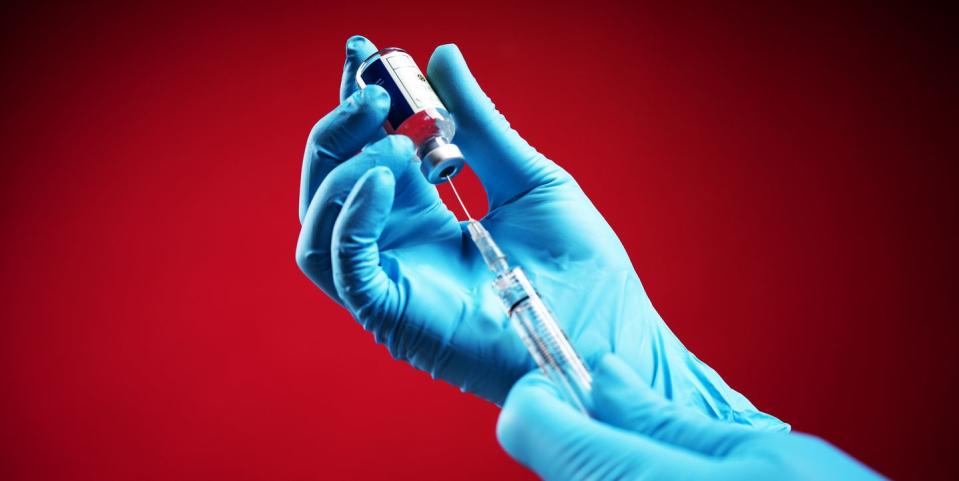It Will Take Until 2024 for Everyone to Get a COVID-19 Vaccine

It will take four or five years to widely distribute a COVID-19 (coronavirus) vaccine, experts say.
Manufacturing a vaccine involves taking time from other necessary projects or rapidly expanding production.
Officials could smooth some parts of the supply chain, and they have time now to plan ahead.
You may be discouraged after hearing that a potential COVID-19 (coronavirus) vaccine won’t be widely distributed until 2024 or 2025, especially when some politicians have promised late 2020 or early 2021. Three or four years seems like a huge gap. What accounts for the disparity?
DIVE DEEPER ➡ Read best-in-class health, science, and tech features, and get unlimited access to Pop Mech , starting now.
Adar Poonawalla is CEO of the Serum Institute, the largest-by-volume maker of vaccines in the world. Serum Institute makes 1.5 billion doses per year—that’s nearly 50 a second—and Poonawalla and others have said for months that a COVID-19 vaccine will likely need two doses separated by perhaps a month. (This is determined by factors like how a specific disease acts in the body, including antibody response, and different types of vaccine actions might require just one dose or more doses.)
For the privately owned Serum Institute and other major vaccine producers, it’s not like they’re making 1.5 billion unnecessary shots that they can toss and start making COVID-19 vaccines full time—they’re manufacturing drugs to inoculate babies, for example, or any of the other vaccines that today’s world requires. That includes general vaccines like for measles and chicken pox, as well as situational tetanus shots and boosters, travel inoculations, and more.
If everyone on Earth required even one COVID-19 vaccine, that would mean 7.8 billion doses. If even half of the approved vaccine options require two shots, the number jumps to nearly 12 billion. For the entire world to receive two shots would mean 15.6 billion—a number that the Serum Institute would have to manufacture full time for over 10 years.
The Best Face Masks for Your Buck
Might it make sense to build special facilities for just this run of manufacturing vaccines? Maybe, but new facilities that can manufacture drugs are subject to a lot of regulations and must be inspected and certified.
Even for U.S. companies to begin manufacturing COVID-19 tests required a special dispensation with the usual series of regulations. That was for existing infrastructure, and we still have a massive shortage of tests, as well as long delays caused by the shipping and wait times at regional assaying sites. One pain point in the testing process is the actual physical swabs that must be used, which are arguably the easiest part to make.
It’s hard to predict where a similar pain point will occur in the vaccine supply chain, because manufacturers and the government have (hopefully) learned the high cost of delaying manufacture of testing supplies. That means manufacturers might start making the parts that go with a vaccine, like any extra supply of syringe equipment or vials, before the vaccine material itself is manufactured.
Serum Institute has committed to making 1 billion doses of a COVID-19 vaccine, which will already represent a major shift in its manufacturing model for that year. And while distributing a vaccine widely may take four or five years, health officials can distribute the vaccines they do have in a strategic way. This is already done with almost every vaccine, like giving tetanus shots as needed or requiring caregivers of children, in particular, to be inoculated against whooping cough.
You Might Also Like

 Yahoo Finance
Yahoo Finance 